১ পৌষ ১৪৩২
All the gulf states will be Iran's shield against the US
02 April 2025 21:04 PM
NEWS DESK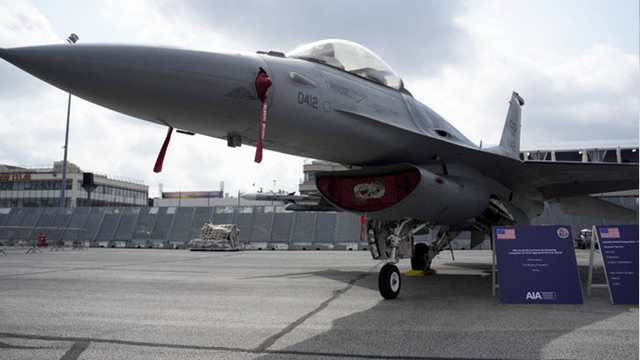
Saudi Arabia and other Gulf states have imposed a ban on US warplanes using their air fields or skies to attack Iran after US President Donald Trump over the weekend threatened to bomb the country.
Saudi Arabia and other Gulf states have imposed a ban on US warplanes using their air fields or skies to attack Iran after US President Donald Trump over the weekend threatened to bomb the country.
Saudi Arabia, the UAE, Qatar and Kuwait have all told the US they will not permit their airspaces or territories to be used as a launchpad against Iran, including for refuelling and rescue operations, a senior US official told Middle East Eye.
The official spoke on the condition of anonymity to discuss sensitive military planning.
"They do not want to be drawn in," the official said.
The Gulf states’ intransigence is a setback for the Trump administration, which has hoped to use massive air strikes on the Houthis in Yemen as a show of force to corral Tehran to the negotiating table on a nuclear deal.
If Iran realises the US's oil-rich Arab allies are not on board with strikes, it could harden their negotiating position.
The Gulf states were more accommodating on the Houthi strikes, a former US official briefed on the matter told MEE without divulging which Gulf countries the US used as a launchpad for recent strikes.
The former official, also speaking on condition of anonymity, said the US felt confident it had enough Gulf support, including to launch important recovery flights, if any American aircraft were downed during those operations.
The Trump administration has been courting the Gulf states to come on board as it ramps up a "maximum pressure" campaign against Tehran.
US defence and intelligence officials met with both their Emirati and Saudi counterparts in March in Washington DC, around the time of the first Houthi strikes.
In quick succession, the Trump administration approved long-stalled arms sales to Qatar and Saudi Arabia. Doha received approval to purchase MQ-9 Reaper drones, and Riyadh secured weapon systems that convert unguided air to ground rockets to precision rockets.
Trump said on Monday that he plans to visit Saudi Arabia and potentially other Gulf states as early as May.
US turns to Diego Garcia base
The US has been moving warplanes and cargo to Jordan and Gulf states at the highest level since the 7 October 2023 Hamas-led attacks on southern Israel morphed into a simmering regional conflict.
According to flight tracking data shared on X by open source analysts, the number of US military cargo flights to the region has surged by 50 percent compared to previous highs.
In response to the Gulf states' ban, the US has amassed B-2 bombers at Diego Garcia base in the Indian Ocean, the official said.
This is not the first time American war planners leaned on Diego Garcia’s strategic position as an alternative to Gulf air bases. During the late 1990s, when the US was bombing Saddam Hussein’s Iraq and Saudi Arabia imposed a freeze, the US used the Chagos Islands base as a launchpad.
Open-source satellite information provided by Planet Labs earlier this week showed three B-2 bombers on the US base. Other open-source accounts shared imagery suggesting at least five B-2 bombers were on the base.
The Chagos Islands base is within 5,300 kilometres of Iran, well within the B-2 refuelling range of approximately 11,000 kilometres. B-2s are capable of carrying 30,000-pound “bunker-buster” bombs that would be needed to penetrate Iran’s nuclear sites deep underground, known as the Massive Ordnance Penetrator.
Diego Garcia complicates Iran’s power of deterrence against the US.
Iran's tit-for-tat warnings on Gulf
In October 2024, when Iran was girding for Israeli retaliation over its second direct missile attack on Israel, the Islamic Republic warned Gulf states it would bomb their oil facilities in response to an Israeli strike.
Those carefully constructed tit-for-tat warnings allowed Iran to ward off an Israeli strike on their energy facilities at the time.
However, if the US uses Diego Garcia to attack Iran, it could avoid the Gulf states' airspace altogether, or at the very least, give Gulf monarchs some plausible deniability about being involved in strikes. That gives Iran fewer options to deter American or Israeli strikes by threatening the Gulf.
Iran was believed to be behind the 2019 attack on Saudi Arabia’s Aramco oil facilities. But Iran and the Sunni Gulf monarchs have patched up ties since then.
The Telegraph reported on Monday that Iranian military commanders were being urged to launch pre-emptive strikes on Diego Garcia.
Behnam Ben Taleblu, an Iran expert at the Foundation For Defence of Democracies think tank in Washington, said on X that while Tehran’s ballistic missiles’ range is publicly capped at 2,000 kilometres, it could hit the island by giving intermediate range ballistic missiles to the Houthis which it may be able to produce, launching Shahed drones from ships or using container-launched cruise missiles that Russia and China produce to attack from the Indian Ocean.
From Pacific to Middle East
Trump raised the spectre of a new Middle East war in an interview on Saturday, threatening “bombing the likes of which they (Iran) have never seen before” if Iran doesn’t agree to a nuclear deal.
Trump is pursuing maximalist demands on Iran’s nuclear programme. National security advisor Mike Waltz said recently that the US wanted to see a “full dismantlement” of Tehran’s nuclear capabilities.
Iran, which insists its nuclear programme is for civilian purposes, has rejected that. The Trump administration’s demands also put the US on a collision course with Russia, with which it is trying to reset relations. Russia built Iran's first nuclear power plant at Bushehr, and its state-run atomic energy giant Rosatom says it is in talks to build more.
Regional diplomats and analysts are trying to decipher whether the US military build-up in the Middle East is designed to put teeth behind Trump’s threats or if the US is preparing for a strike.
In addition to cargo flights, the US has ordered two aircraft carriers to the Middle East. Notably, the US has moved the carrier Carl Vinson out of the Pacific and to the Middle East, despite heightened tensions around Taiwan.
The US has at least 40,000 troops in the Middle East. The majority are located in the oil-rich Gulf states, where they are based at a string of strategic air and naval bases.
Saudi Arabia’s Prince Sultan Air Base is home to the US’s 378th Air Expeditionary Wing, which operates F-16 and F-35 jet fighters. The US operates MQ-9 Reaper drones and jet fighters out of the UAE’s Al Dhafra Air Base. Kuwait’s Ali al-Salem Air Base is home to the 386th Air Expeditionary Wing.
Qatar’s Al Udeid Air Base hosts the regional headquarters for US Central Command. It has also hosted some Israeli military officials, MEE has previously reported, but it's not clear if those officials are still in the country.
The island kingdom of Bahrain is home to around 9,000 US troops that belong to the headquarters of the US Naval Forces Central Command and the US Fifth Fleet.




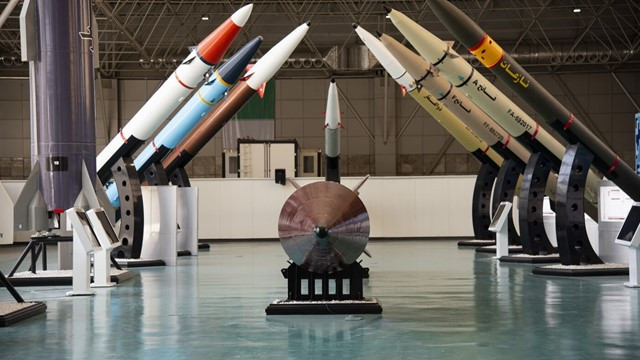


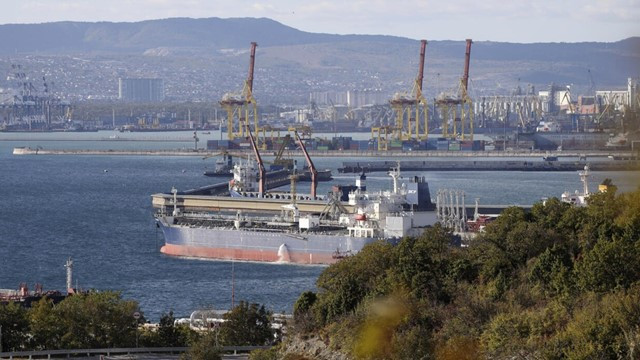

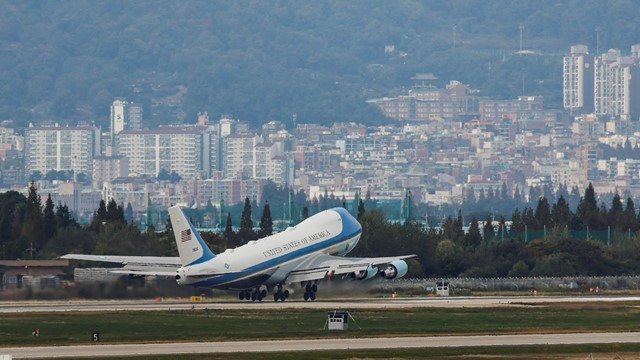
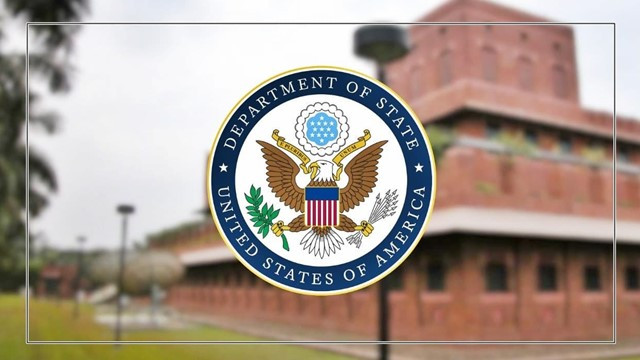
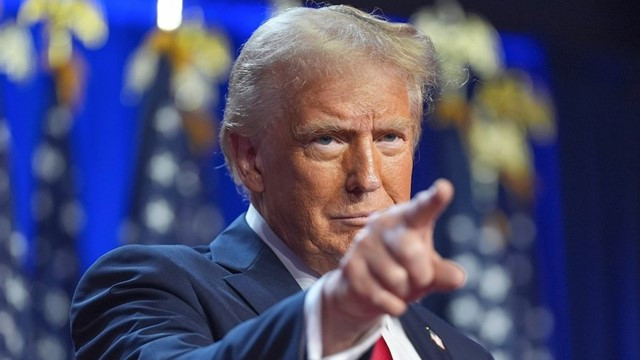
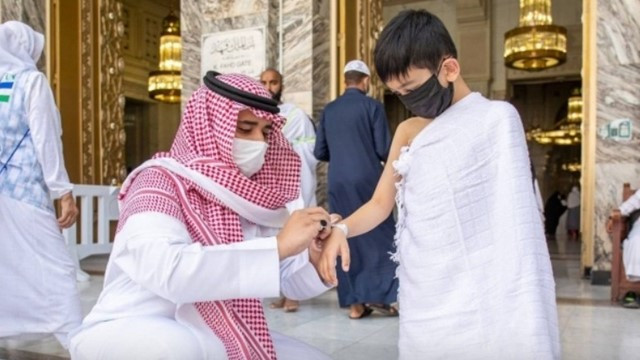

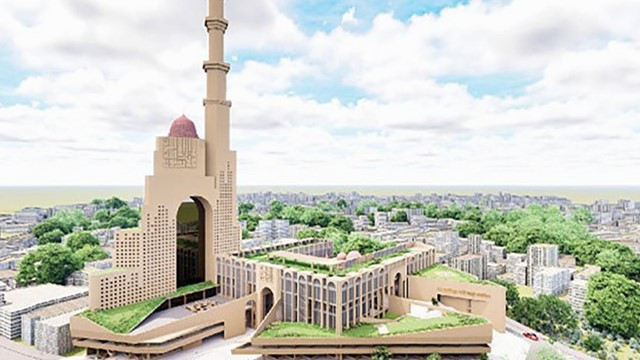
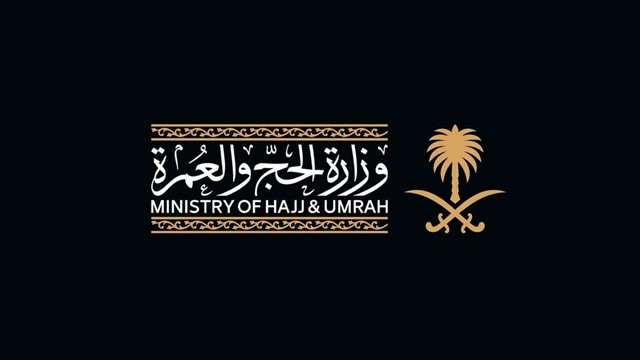
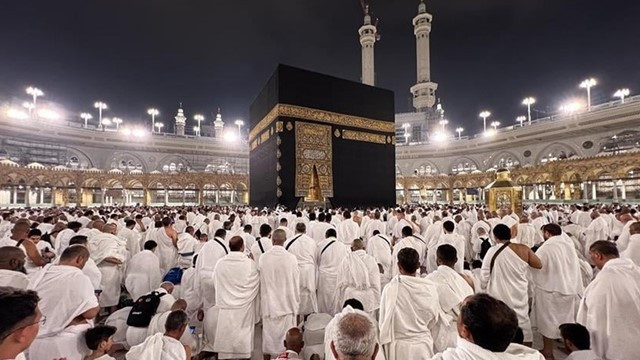
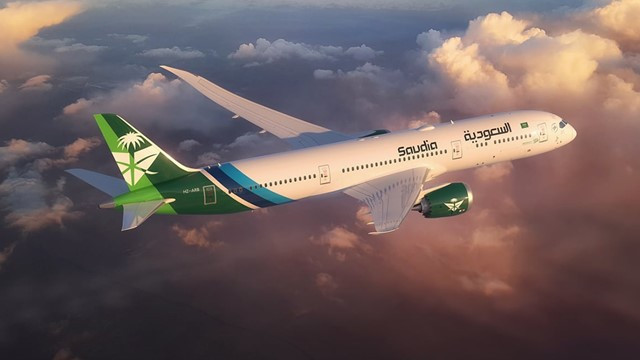

Comments Here: